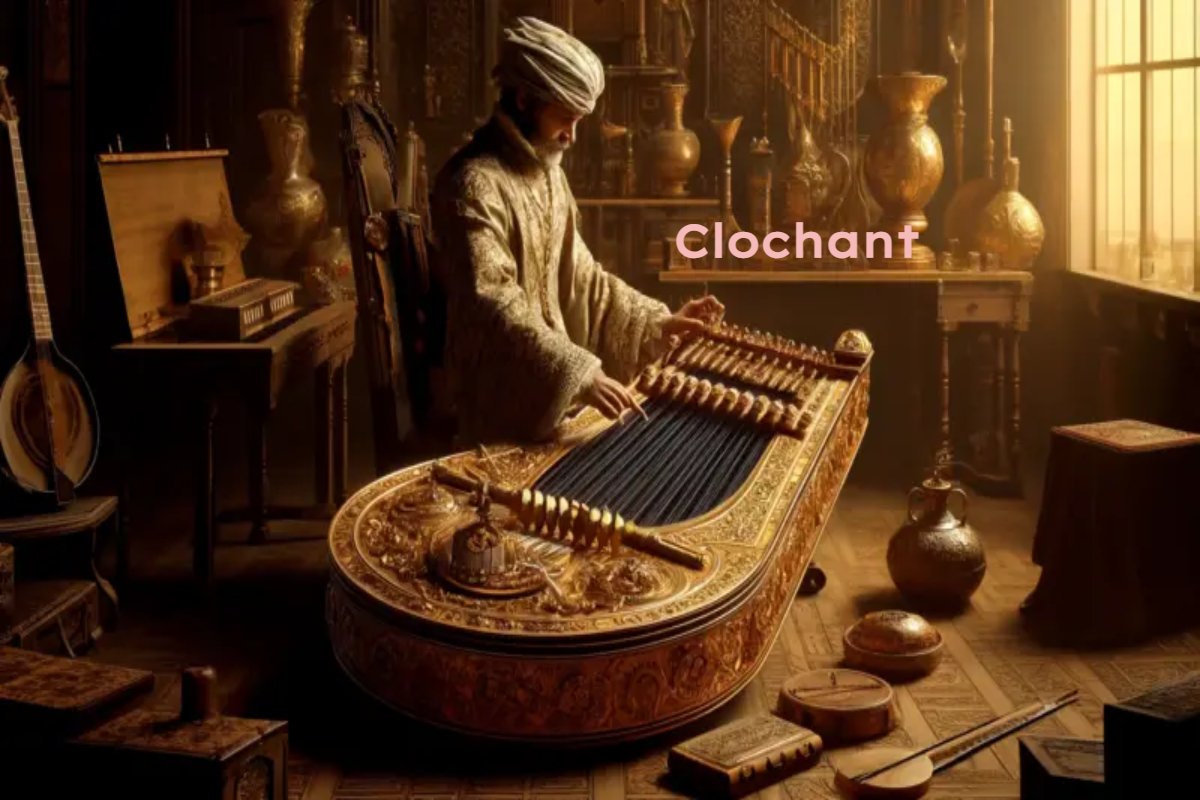The term “clochant” might not be familiar to many, but it carries significant weight in various fields. Whether you’re delving into the intricacies of language, architecture, or music, understanding “clochant” can enhance your appreciation and knowledge in these areas. This article explores the diverse meanings, historical contexts, and modern applications of “clochant,” providing a thorough understanding of this fascinating term.
What Does Clochant Mean?
“Clochant” is a term derived from the French language, primarily associated with the verb “clocher,” which means to ring or chime, typically referring to bells. The term evokes images of church bells ringing, marking time, or calling people to gather. However, its usage extends beyond this basic definition.
Etymology and Historical Context
The word “clochant” finds its roots in the Latin word “clocca,” which means bell. Historically, bells have played a crucial role in communities, particularly in medieval Europe, where church bells regulated daily life. They signaled various events, from calling the faithful to prayer to marking significant moments like weddings and funerals.
Read More: Understanding Grenblis: An In-Depth Exploration
Clochant in Architecture
In architectural terms, “clochant” often refers to structures associated with bells, such as bell towers or campaniles. These structures are not just functional but also architectural marvels, showcasing the ingenuity and artistic expression of their times.
Bell Towers and Campaniles
- Bell Towers: Typically part of churches or cathedrals, bell towers house the bells used to signal time and events. Famous examples include the Leaning Tower of Pisa and the Belfry of Bruges. These structures are often significant landmarks and are integral to the identity of their respective cities.
- Campaniles: Similar to bell towers but often freestanding, campaniles are found across Europe, particularly in Italy. The term “campanile” itself is derived from the Italian word for bell. Venice’s St Mark’s Campanile is one of the most iconic examples.
Architectural Significance
Bell towers and campaniles are not only functional but also symbolic. They represent a community’s spiritual and cultural center. Architecturally, they are designed to be tall and slender, ensuring that the sound of the bells can travel long distances. This design also serves as a visual focal point, drawing the eye upward and creating a sense of awe and reverence.
Clochant in Music
Beyond architecture, “clochant” has a profound connection to music. Bells have been used as musical instruments for centuries, adding a unique timbre and resonance to compositions.
Bells in Classical Music
- Orchestral Works: Bells are used in various orchestral works to add dramatic effect. Composers like Tchaikovsky and Rachmaninoff have used bells to enhance the emotional impact of their music. For instance, Tchaikovsky’s “1812 Overture” famously incorporates the sound of church bells.
- Carillons: A carillon is a musical instrument consisting of a series of bells played using a keyboard or automated mechanism. Found in bell towers, carillons can play complex pieces of music and are often used in public performances.
Modern Usage
In modern music, bells continue to be a popular instrument. They are used in various genres, from classical to pop, to create a sense of nostalgia, celebration, or solemnity. Electronic versions of bells are also prevalent in digital music production, allowing artists to incorporate their unique sound without needing a physical bell.
Clochant in Literature and Language
The term “clochant” also appears in literature and language, often symbolizing themes of time, change, and mortality. Bells are frequently used as metaphors in poetry and prose, evoking a range of emotions and reflections.
Symbolism of Bells
- Time and Change: Bells symbolize the passage of time and the inevitability of change. They mark the hours, reminding us of the constant march of time.
- Mortality: In many literary works, bells are associated with death and funerals. The tolling of a bell is a somber reminder of life’s transience.
Practical Applications of Clochant
Understanding “clochant” also involves exploring its practical applications in various fields.
Urban Planning and Design
In urban planning, the design and placement of bell towers and similar structures can significantly impact a city’s layout and aesthetic. Planners consider the acoustic and visual influence of these structures, ensuring they enhance the urban environment.
Acoustic Engineering
Acoustic engineers study the sound of bells to optimize their design and placement. This involves analyzing the materials used, the shape of the bell, and the environment in which it is placed to achieve the desired sound quality.
Clochant in Modern Culture
In contemporary culture, “clochant” continues to hold relevance, appearing in various forms of media and public discourse.
Film and Television
Bells and bell towers frequently appear in films and television shows, often symbolizing pivotal moments or creating atmospheric settings. Iconic scenes, such as the bell-ringing scenes in Alfred Hitchcock’s “Vertigo,” utilize the symbolic power of bells to enhance the narrative.
Festivals and Celebrations
Many cultures incorporate bell ringing into their festivals and celebrations. In some places, bells are rung to mark the new year or other significant events, creating a shared sense of community and tradition.











